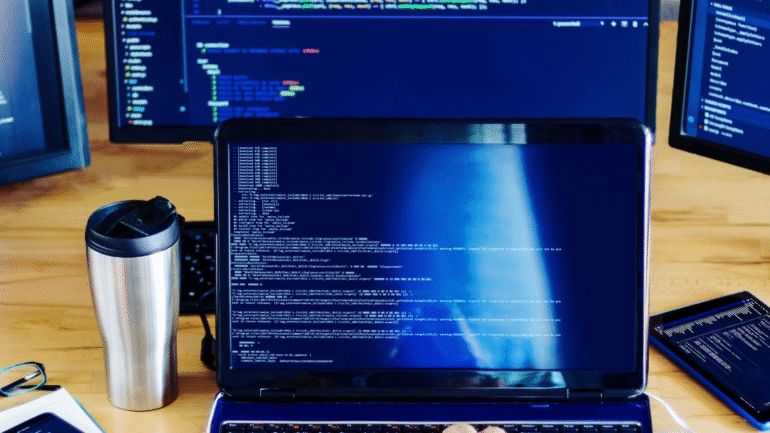A range of issues impacts a child’s health and subsequent development. That’s one of the reasons parents need to keep their children’s screen time in check. A good start is to set a good example. Since many parents tend to overindulge online, it’s helpful to set some limits on your internet use when you have the kids around. It gives them confidence that you care and that they’re safe.
Concerns about children’s and their caregivers’ use of technology have been rising in recent years, specifically around screen time. But just how much screen time is too much? Experts say that limiting screen use to 2 hours per day or less is a good start. For young children, these limits can be as high as 4 hours per day, but as they get older, that limit should drop to 1 to 2 hours per day. And, of course, screen usage should be monitored.
Limit Your Kid’s Screen Time
As kids get increasingly involved with technology, parents are becoming more concerned about the amount of time their kids spend in front of screens. While kids need to interact and socialize with other kids in person, there’s a need to be balanced regarding screen time. Kids need time to unwind and relax; screen time can be great for that, but too much screen time can lead to bad habits and unhealthy behaviors.
Set Boundaries
Many parents would agree that these days, technology is taking over. There’s a screen for nearly every device, from cell phones to tablets to laptops. And while screen time isn’t inherently bad, research shows that too much can be harmful. In particular, sitting in front of a screen for too long can negatively impact sleep and mood. However, with screen time comes the responsibility of setting boundaries. It can be easy to get sucked into playing games or watching videos. Still, it’s important to remember that the time you spend using screens should come only after you’ve completed other responsibilities.
Teach Your Kids and Yourselves
It’s easy to get caught up in all of the technology in our lives, and many parents today have their hands full with managing that technology. But technology isn’t bad. On the contrary, it’s a lifesaver. But just like everything else, too much of a good thing can be bad. So, parents and children alike need to be mindful of how much time they spend staring at screens.
Monitor Your Kids’ Usage
Technology is integrated into every aspect of our lives these days. We rely on our smartphones, laptops, and tablets for our entertainment, communication, and social connections. As a result, our kids are exposed from a young age to technology. As parents, this can make figuring out how to best monitor screen time challenging since we want to protect our children from explicit content, yet we also want them to benefit from technology.
Begin School Enrollment for Your Child Early
From 6 to 12 months, children often start developing a habit of using screens. At this stage, they need constant entertainment, and when they are not entertained, they can become quite fussy. Parents might give them a mobile phone to watch cartoons or turn on the TV to calm them down, especially when they are busy or feeling exhausted. Unfortunately, this can lead to the development of a screen habit that can be tough to break later on. So, instead, you can enroll your child in a preschool or Infant child care in Exton, PA, or another nearby area, if you think they are ready to spend some time away from home. This option can reduce screen time and provide your child with valuable experiences and exposures that are essential for their development.
When children reach an age when they are allowed to take devices (smartphones, tablets, etc.) outside of school, parents are faced with the challenge of setting screen time limits. They are often told to talk with their kids about how much time they spend using devices and that it’s important to balance screen time with other activities.
Parents can use their cell phones to track their kids’ screen time. They can measure how much time their child spends on their phones and for how long. They can also set limits on their children’s screen time, which will help them limit their children’s exposure to harmful content. Furthermore, they can also set screen time limits for their kids, which will help limit their exposure to harmful content.
Children’s screen time can be of help and of harm. When parents use screen time as a reward, children learn to associate it with positive attention and good behavior, which can help limit impulsive behaviors. However, they should keep children away from screens when possible because too much screen time can be harmful to children’s development.
Parents should set limits on screen time and be as involved as possible with their children’s digital lives. As this research shows, just as monitoring screen time for kids involves setting limits and monitoring time spent, it also involves being involved and contributing. So as a parent, it’s the kind of ongoing parental involvement that really makes the difference.





